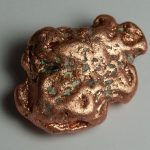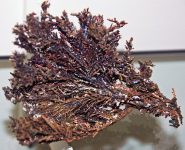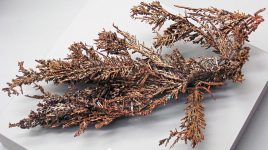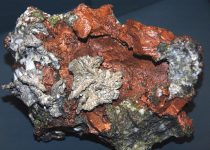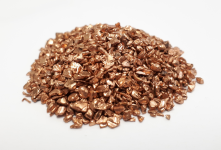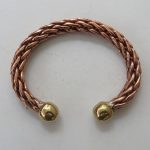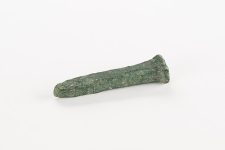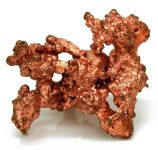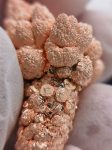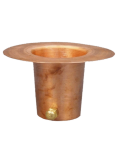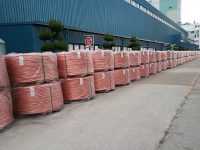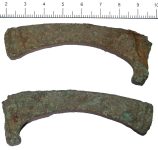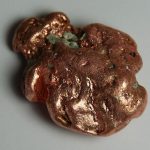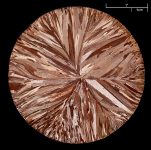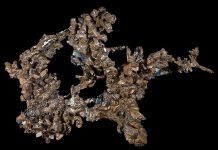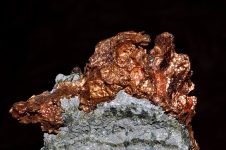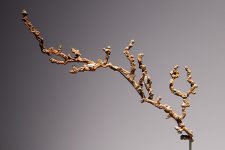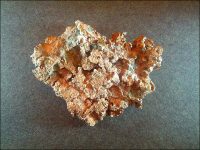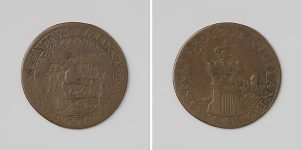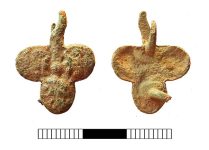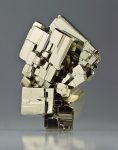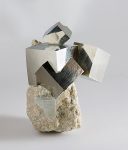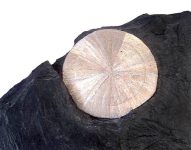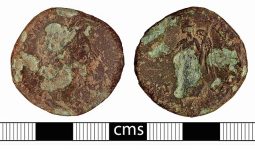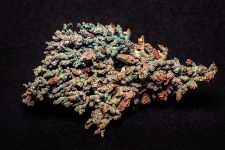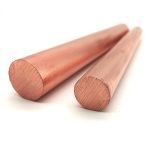COPPER
VARIETIES OF COPPER
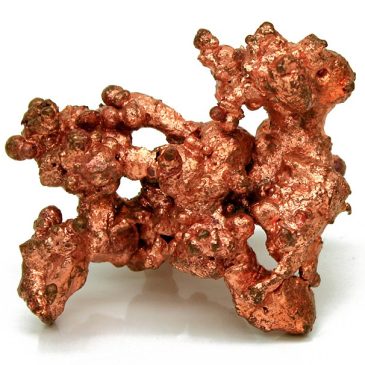
About: Copper is one of the oldest metals used by humans, known for its reddish-brown color and excellent conductivity. It has played a crucial role in the development of civilization, from ancient tools to modern electronics. This guide provides an in-depth look at copper’s characteristics, history, sources, uses, and significance.
Mining: Copper mining involves extracting copper ore from the earth. Techniques include open-pit mining, underground mining, and leaching. Large-scale operations use flotation and smelting to extract copper from ores.
Refining: Extracted copper is refined to remove impurities. Methods include electrolytic refining and fire refining. The highest purity copper is known as cathode copper, which is 99.99% pure.
CHARACTERISTICS
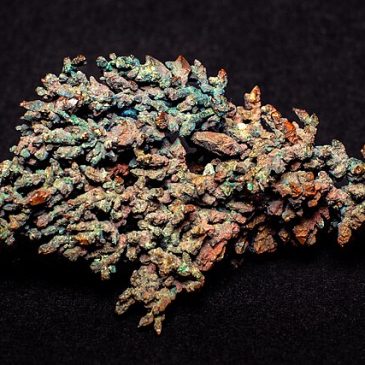
Color: Copper has a distinctive reddish-brown color that can develop a green patina over time due to oxidation.
Chemical Composition: Copper is a chemical element with the symbol Cu (from the Latin “cuprum”) and atomic number 29.
Density: Copper has a density of 8.96 g/cm³, making it moderately heavy.
Malleability and Ductility: Copper is highly malleable and ductile, allowing it to be shaped into thin sheets and fine wires without breaking.
Conductivity: Copper is an excellent conductor of electricity and heat, second only to silver.
Reactivity: Copper is relatively resistant to corrosion but reacts with oxygen to form a green patina of copper carbonate, commonly seen on old buildings and statues.
HISTORY AND LORE
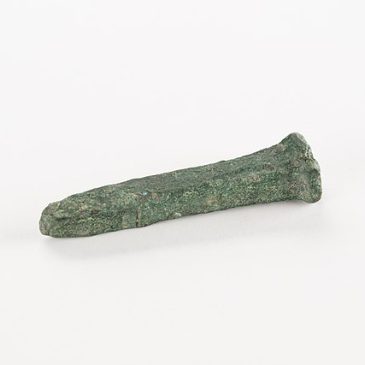
Ancient Civilizations: Copper has been used since prehistoric times, with evidence of copper smelting dating back to around 5000 BCE. Ancient Egyptians, Sumerians, and Minoans used copper for tools, weapons, and ornaments. The Bronze Age (around 3300-1200 BCE) saw the widespread use of bronze, an alloy of copper and tin.
Middle Ages: During the Middle Ages, copper continued to be used for various purposes, including coinage, tools, and artwork. It was also essential in the production of brass (an alloy of copper and zinc).
Modern Era: Today, copper is indispensable in electrical wiring, plumbing, and numerous industrial applications. Its demand continues to grow with technological advancements and infrastructure development.
SOURCES
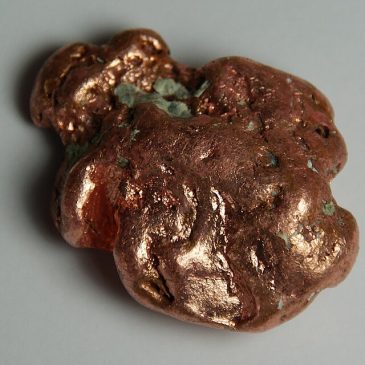
Geographical Locations: Major copper-producing countries include Chile, Peru, China, the United States, and the Democratic Republic of Congo. Chile is the largest producer, known for its vast deposits in the Atacama Desert.
Geological Formation: Copper is found in various geological settings, including porphyry copper deposits, sedimentary copper deposits, and hydrothermal veins. It often occurs in ores such as chalcopyrite (CuFeS₂), bornite (Cu₅FeS₄), and malachite (Cu₂CO₃(OH)₂).
USES
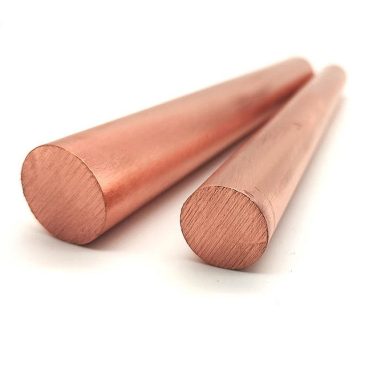
Electrical Wiring: Copper’s excellent electrical conductivity makes it the material of choice for electrical wiring and cables. It is used in residential, commercial, and industrial buildings.
Plumbing: Copper pipes are widely used in plumbing due to their durability, resistance to corrosion, and antibacterial properties. They are used in water supply lines, heating systems, and air conditioning systems.
Electronics: Copper is essential in electronic devices, including circuit boards, connectors, and electromagnets. Its conductivity ensures efficient performance in smartphones, computers, and appliances.
Construction: Copper is used in roofing, gutters, and downspouts due to its weather resistance and aesthetic appeal. It is also used in architectural features and sculptures.
Alloys: Copper is a key component in various alloys, including bronze (copper and tin) and brass (copper and zinc). These alloys are used in coins, musical instruments, and machinery.
Renewable Energy: Copper is vital in renewable energy systems. It is used in solar panels, wind turbines, and electric vehicles, contributing to the development of sustainable technologies.
CULTURAL AND SYMBOLISM
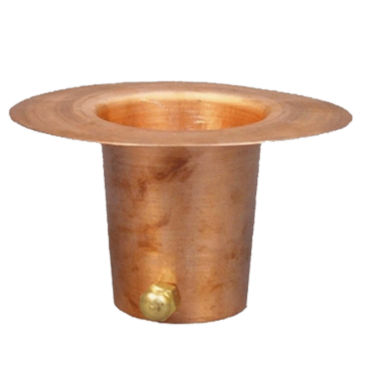
Symbol of Prosperity: Copper has long been associated with wealth and prosperity. In ancient times, it was used for currency and trade.
Cultural Expressions: Copper features in language and culture. Phrases like “copper-bottomed” (reliable and trustworthy) and “not worth a copper” (of little value) reflect its historical importance.
Art and Craftsmanship: Copper has been used in art and craftsmanship for centuries. Its malleability allows for intricate designs, and its color adds warmth to artworks and jewelry.
